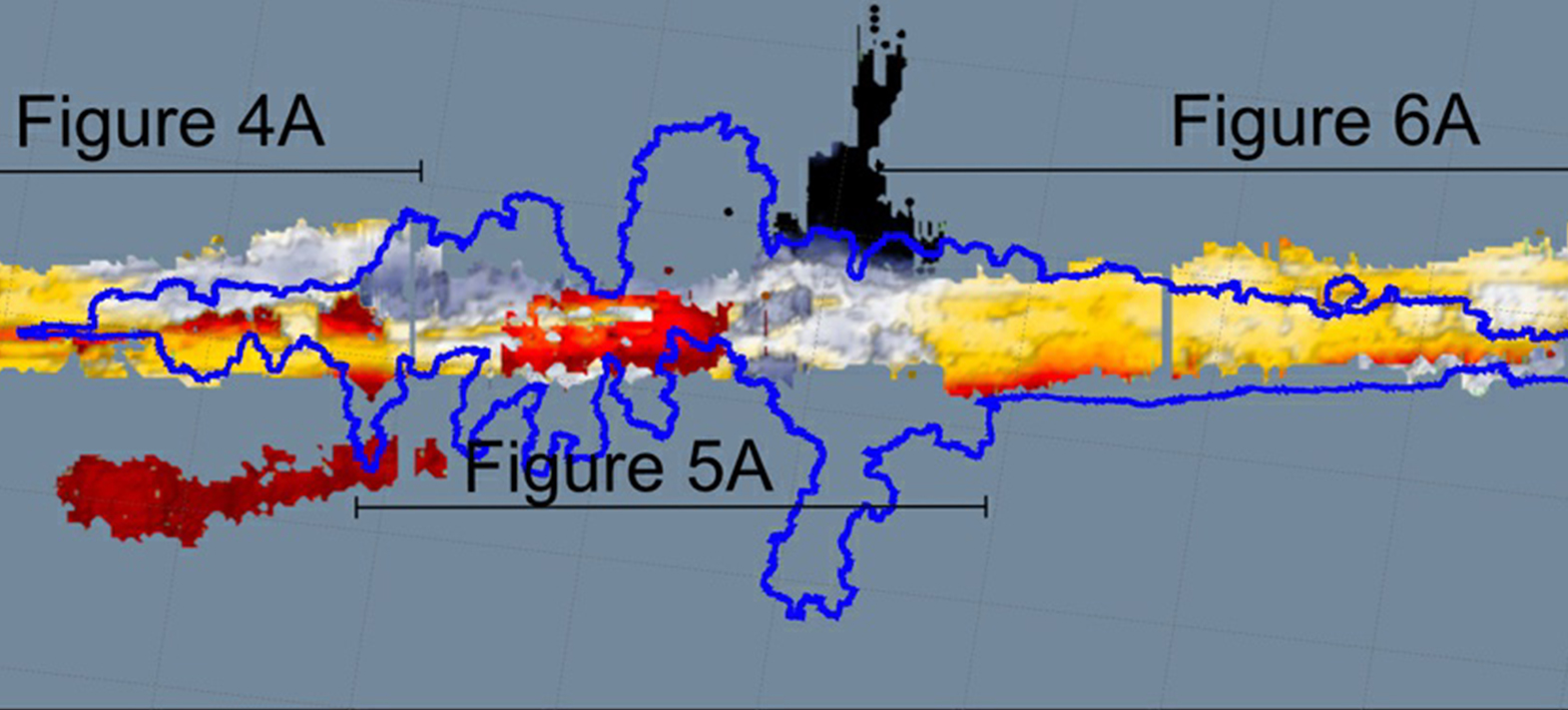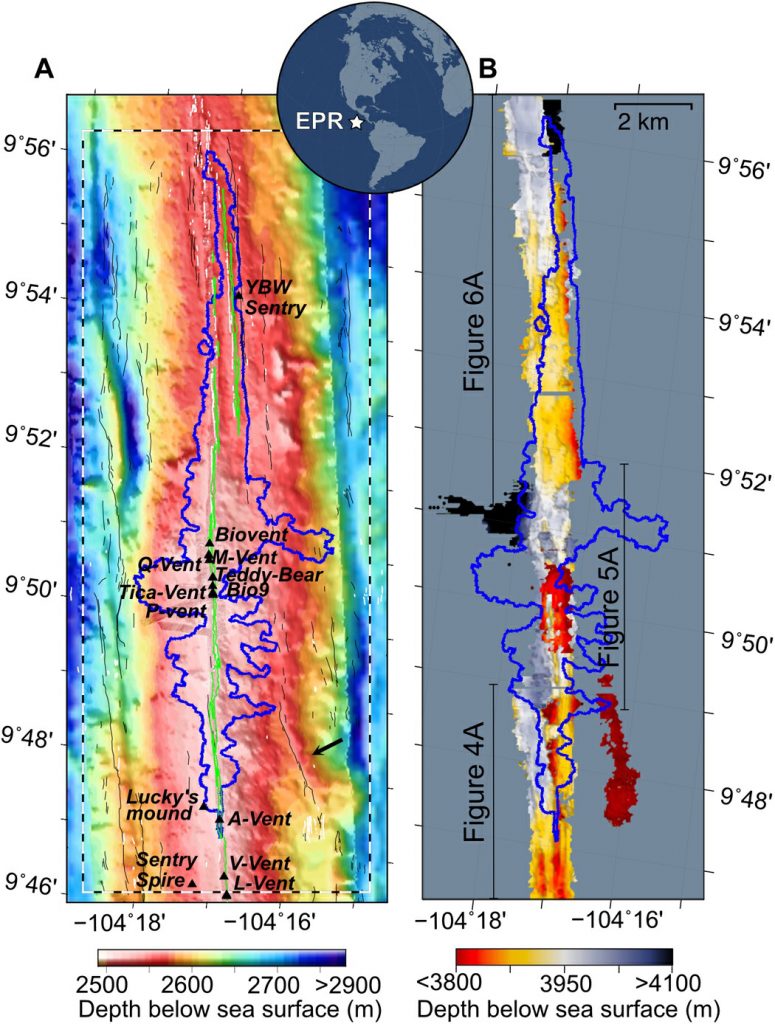First high-resolution images of the last stage of magma plumbing
By imaging for the first time at high resolution and in 3D the magmatic system under the East Pacific Ridge, an international team led by Milena Marjanović, CNRS researcher at the Institut de Physique du Globe de Paris, sheds light on the morphology of the magma lenses representing the last stages of magma before eruptions of lava on the surface. The study, published on September 29 in the journal Science Advances, shows that the shape of these small magma reservoirs remembers the processes of magma recharge and drain, influencing the dynamics of future eruptions. L’étude, parue le 29 septembre dans la revue Science Advances, montre que la forme de ces petits réservoirs magmatiques garde en mémoire les processus de rechargement et d’expulsion du magma, influant sur la dynamique des éruptions à venir.

Publication date: 02/10/2023
Press, Research
Related teams :
Marine Geosciences
Related themes : Earth and Planetary Interiors








